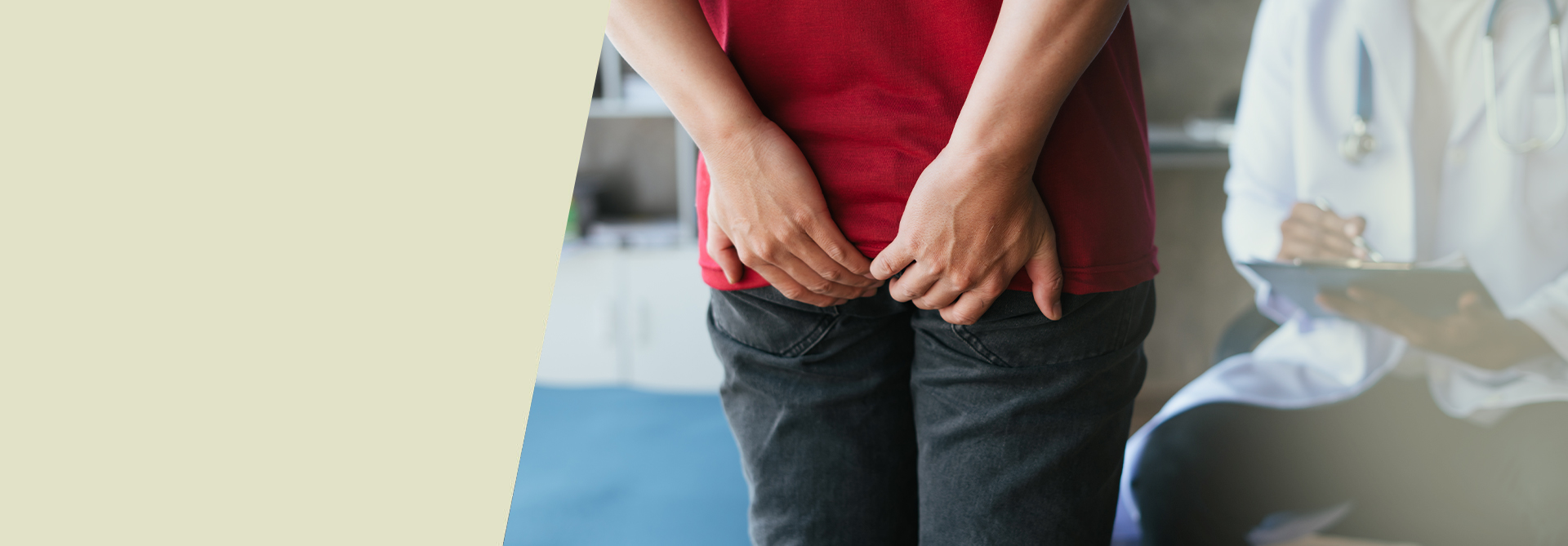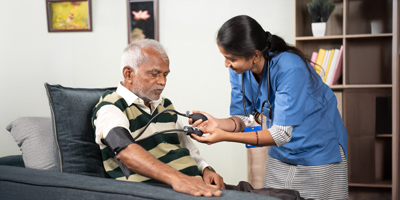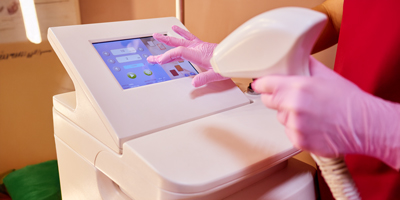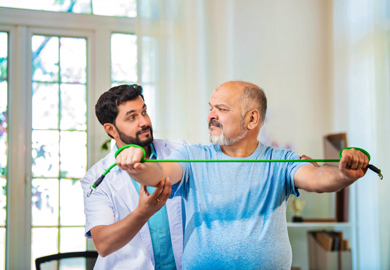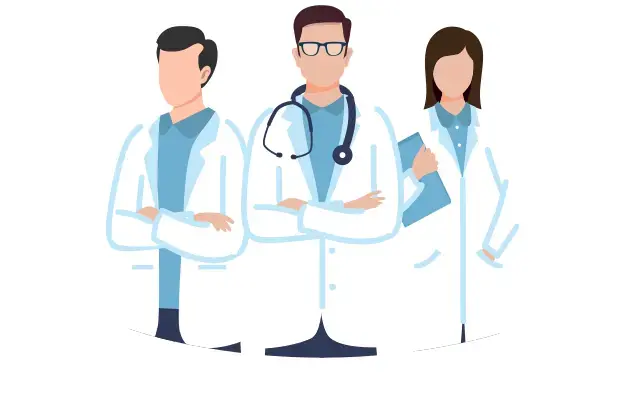You should consult a doctor if you experience:
- Persistent pain during or after passing stool
- Fresh blood on toilet paper or in the stool
- Burning or itching in the anal region
- A visible tear or small lump near the anus
- Difficulty sitting for long periods due to discomfort
- Recurrence of fissure symptoms despite home remedies
Ignoring symptoms can worsen the condition, leading to chronic fissures and complications. Early consultation ensures faster recovery and minimal intervention.
You should consult a doctor if you experience:
- Persistent pain during or after passing stool
- Fresh blood on toilet paper or in the stool
- Burning or itching in the anal region
- A visible tear or small lump near the anus
- Difficulty sitting for long periods due to discomfort
- Recurrence of fissure symptoms despite home remedies
Ignoring symptoms can worsen the condition, leading to chronic fissures and complications. Early consultation ensures faster recovery and minimal intervention.










